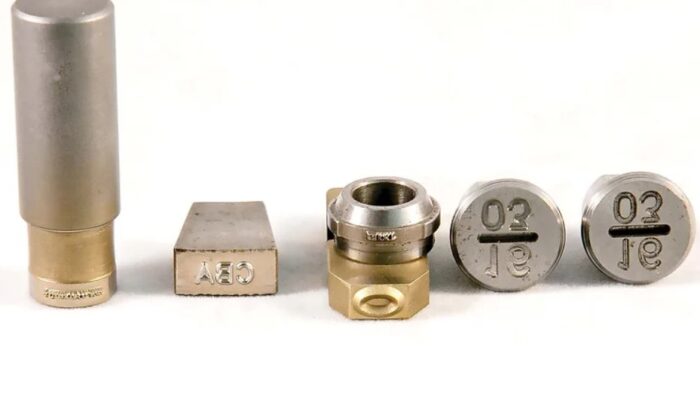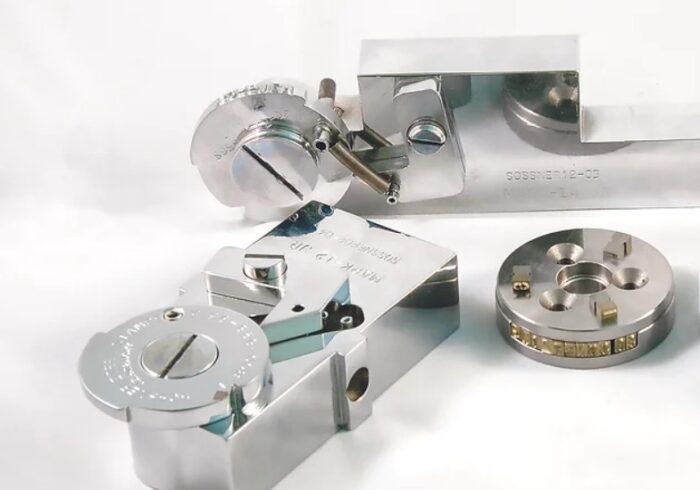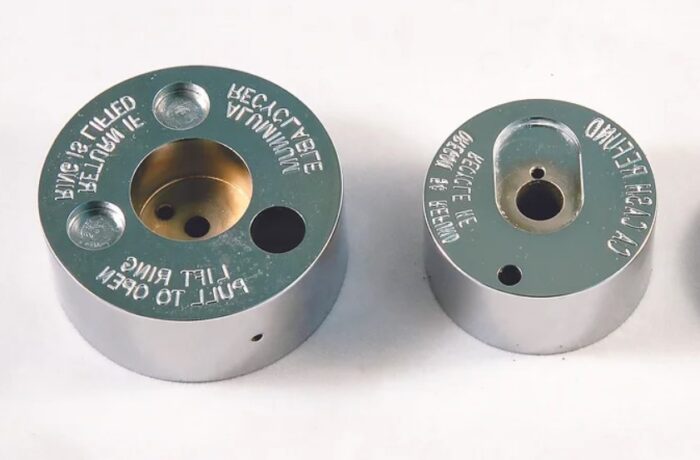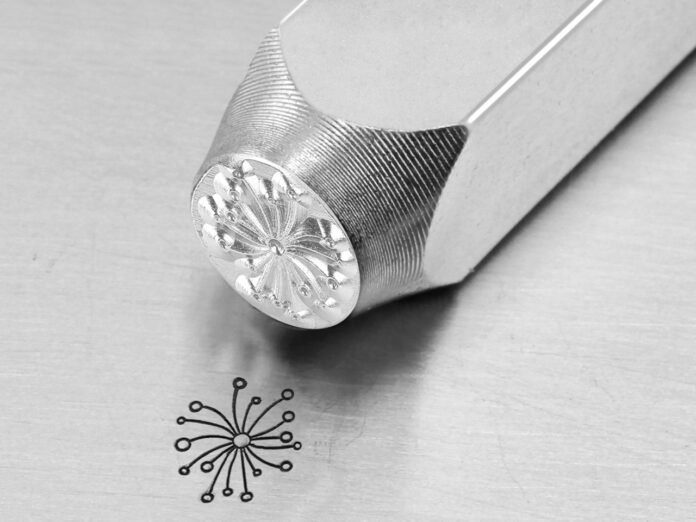
Quality control, a process integral to any production chain, relies heavily on this marking system to monitor variance, ensure consistency, and track potential defects. As a cornerstone of quality assurance, it plays a monumental role in safeguarding the interests of both the manufacturer and the consumer, promoting trust in product integrity.
This article explores the indispensable role of metal stamps in bolstering quality control. Whether you are a manufacturer striving for excellence or a curious consumer, understanding the importance of metal stamps can provide valuable insight into the underpinnings of product quality and assurance.
What are Metal Stamps?
Metal stamps, as the name implies, are metallic tools designed to leave an imprint or mark on a product. These specialized tools can be made of various metals such as hardened steel or iron, each one carefully crafted to withstand the pressure needed to create a lasting imprint.
Metal stamps usually depict numbers, alphabets, symbols, or other identifiable markers. Some stamps are custom-created to apply specific images or information to certain goods, providing a clear identifier of the product’s origin or manufacturing process.
The mechanics of using metal stamps involve pressuring the stamp onto a surface so that it leaves an imprint, much like a traditional rubber stamp. The significant difference is that a metal stamp is much more robust and can withstand higher pressure. This robustness makes metal stamps suitable for usage on hard surfaces, including different types of metals, plastics, leathers, and even certain wood types.
These stamps can be used manually with a hammer or a mallet, or mechanically with a stamping machine in large-scale industrial operations. This versatility makes metal stamps an indispensable tool in both small-scale artisans’ workshops and larger manufacturing industries.
Metal Stamps in Quality Control
Quality control in the manufacturing industry hinges on the ability to effectively trace and monitor every product in the production line. In this respect, metal stamps provide an efficient and reliable means of doing so.
When a product is stamped, it carries a unique identifier that can provide important information about its manufacturing process, including the date of production, the batch it belongs to, and other relevant details. This information can then be used to review quality standards and flag any products that may not adhere to the anticipated level of quality.
Metal stamps are a form of validation; they are intended to assure consumers and other stakeholders that a product has passed strict quality control standards before it reaches the market.
Should a quality issue arise with certain products, the information on the metal stamp enables manufacturers to quickly trace back through their production chain. This ability to swiftly pinpoint and rectify issues not only enhances operational efficiency but also ensures that businesses maintain their reputation for quality and safety among their consumer base.
Advantages of Using Metal Stamps for Quality Control
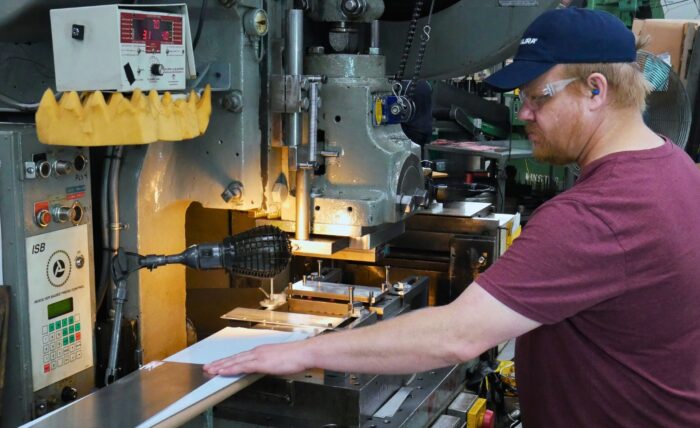
One significant benefit of employing metal stamps in quality control is the improvement they offer for accuracy and precision in the manufacturing process. The stamps, as a key component in the quality control chain, affix relevant data onto the products.
Detailed information can be traced back to specific production lots, times, or procedures. This precisely traced data makes identifying any issues or discrepancies much simpler during quality control checks; thus, leading to thorough and effective quality management.
Additionally, metal stamps enhance traceability and accountability. If a defect or quality issue arises, businesses can use the data provided by the stamps to quickly trace the problem back to its source. This high degree of traceability is invaluable in highlighting and addressing recurring issues, thus minimizing the likelihood of repeated mistakes.
Metal stamping also makes counterfeit production significantly more difficult, thereby preserving product authenticity. The stamp indicates the product’s adherence to industry quality standards, fostering confidence in both the manufacturer and the end consumer.
The Future of Metal Stamps in Quality Control
In an ever-changing industrial setting, the role of metal stamps in quality control is destined to adapt and grow. Emerging trends are innovating in the creation of metal stamps, with manufacturers exploring the use of new materials and technologies that can produce even more durable and detail-oriented marks. Concepts like 3D metal printing and laser engraving are now being integrated into the process, enhancing the precision and speed of stamping while further automating the quality control process.
Looking ahead, the intersection of technology and metal stamping will continue to influence the future of quality control. With Industry 4.0 encouraging digitization and interconnectivity across manufacturing processes, we will likely see the integration of metal stamps with smart technologies.
This could mean stamps capable of coding embedded digital information, providing a whole new level of real-time traceability, and data collection for quality control. These advanced practices assert that the relevance of metal stamps in quality control is far from over; rather, it is becoming more significant as we stride into an intriguing future of manufacturing.
As we continue to embrace technological advancements in manufacturing practices, the role of metal stamps in bolstering quality control is undoubtedly poised for growth and advancement. As manufacturers, investing in efficient metal stamping tools and processes is more than just an operational decision; it is a commitment to the highest quality and accountability.
As consumers, recognizing the significance of these tiny marks on products reassures us of the safety and quality of our everyday products. Therefore, the harmonious blend of traditional metal stamping and modern technology brings us a step closer to a future of enhanced industrial quality control.

